

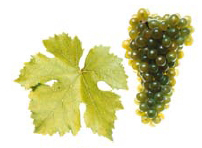 |
Peppery spice, fruity, usually dry. With a share of about a third of Austria?s total viticultural area, the Gr?ner Veltliner is the most important variety grown in Austria. The quality spectrum of the Gr?ner Veltliner is sweeping, extending from light, effervescent wines that are best drunk young - as ?Heuriger? - to Sp?tlese wines that are rich in extracts and alcohol and thus age particularly well. |
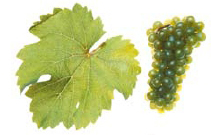 |
Elegant fragrance, fine nuances, raciness. In good vintage years the noble Riesling from Austria?s best-situated vineyards produces one of the world?s finest wines of this variety. Its attractive bouquet usually has delicate notes of peaches, apricots and citrus fruits. Because of its piquant acidity, the Riesling is very racy and long on the palate; it constantly develops and thus ages very well; this applies in particular to the rare Sp?tlese and Auslese wines (or the Wachauer Smaragdwein). |
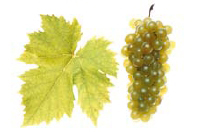 |
Grapey, intense muscat bouquet; light and fresh with fruity acidity.
|
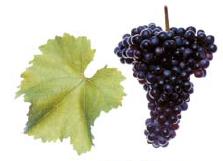 |
Cherry fruit, attractive, velvety. This variety was named for the Austrian plant-breeder Prof. Fritz Zweigelt, who created this successful cross of Blaufr?nkisch and St. Laurent. As new wine the Zweigelt has a pronounced fruity bouquet that becomes rounder and finer with ageing. It ranges in quality from a light table wine to be enjoyed in its youth to powerful wines for ageing. The sturdy Zweigelt vine produces good results in all of the domestic red-wine areas and is thus considered Austria?s great red-wine prospect. |
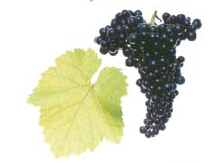 |
Dark berry notes, astringent-spicy, medium tannin levels. The name Blaufr?nkisch (literally ?blue Franconian?) probably dates from the time of Charlemagne, when all high-qualities varieties were classified as ?Franconian? (fr?nkisch) while those of lesser value were called ?Hunnic? (heunisch) and eliminated. In its youth this Austrian speciality is an impetuous, deeply fruity red wine, which with ageing becomes more velvety and supple, gaining additional facets. |
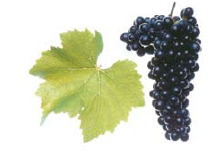 |
Fine, unmistakable aromas of amarelle cherries and dark berries distinguish this indigenous Austrian red-wine variety. Because of several unpleasant qualities, such as its susceptibility to blossom drop and Botrytis, this grape variety is rightfully considered to be difficult and has fallen into disfavour in recent years. Particularly in dry years, this grape produces very noble and supple wines in the wine-growing areas of northern Burgenland and in the Thermenregion. To a certain extent it resembles a more powerful variant of the Pinot Noir and thus is undergoing a certain renaissance at the moment. With its delicate tannins, the St. Laurent can give red-wine blends added flair. |